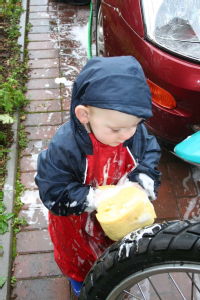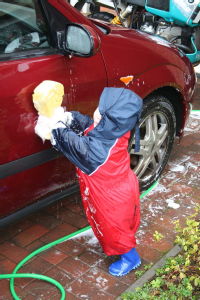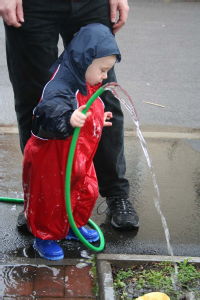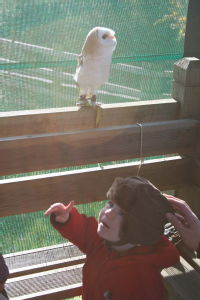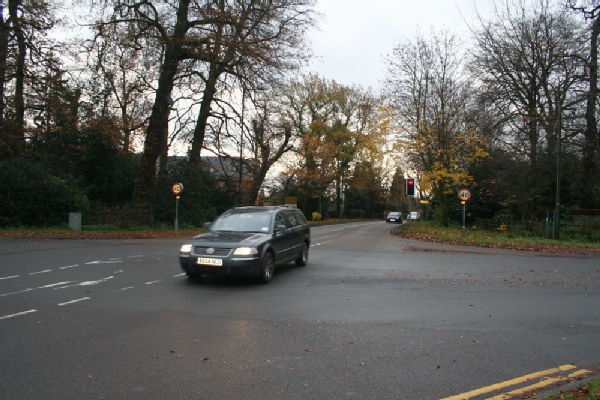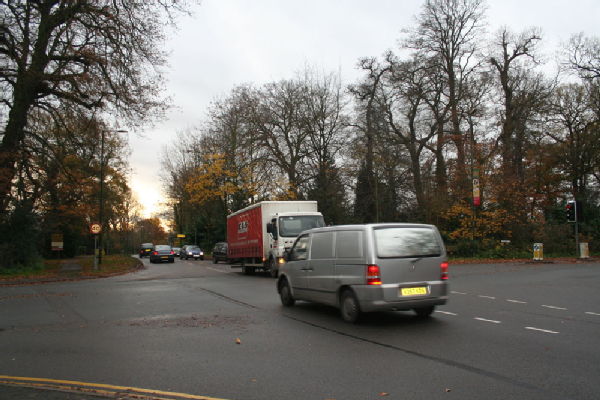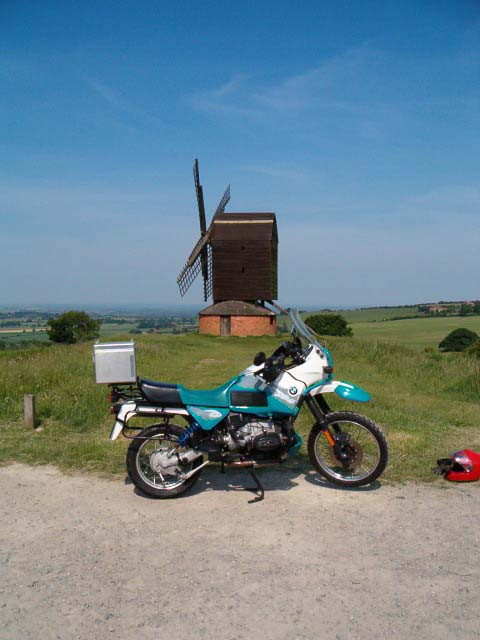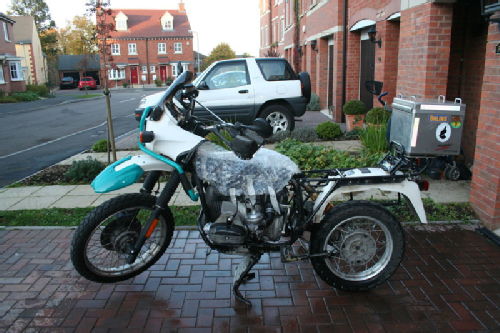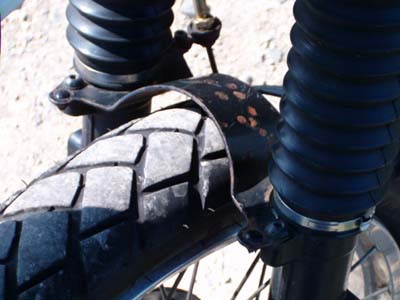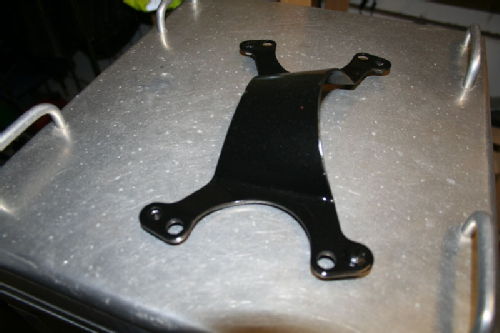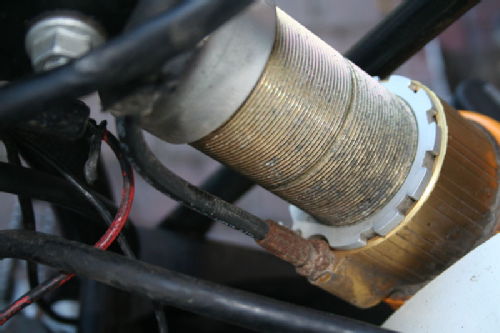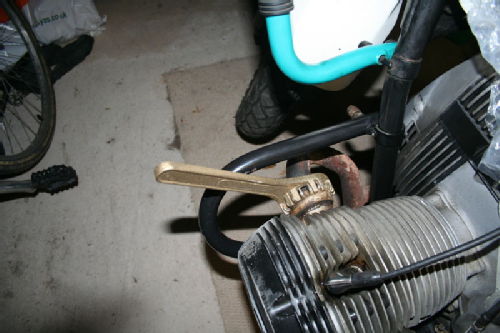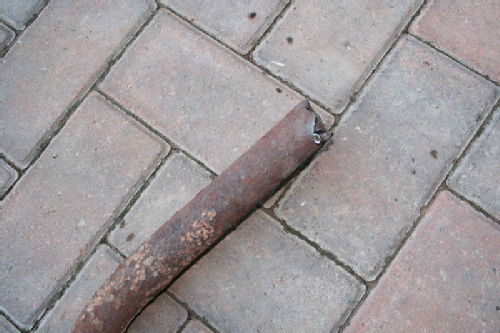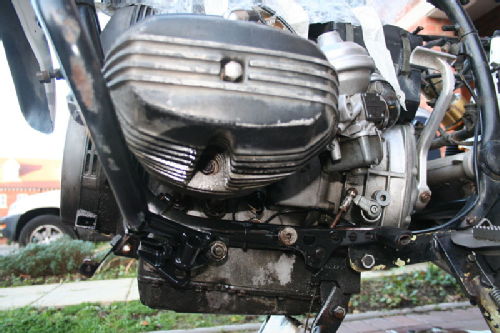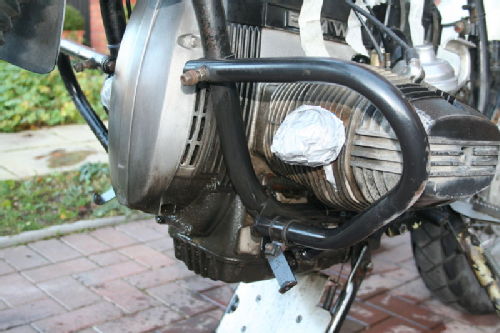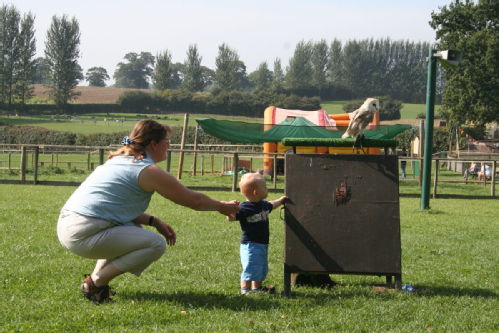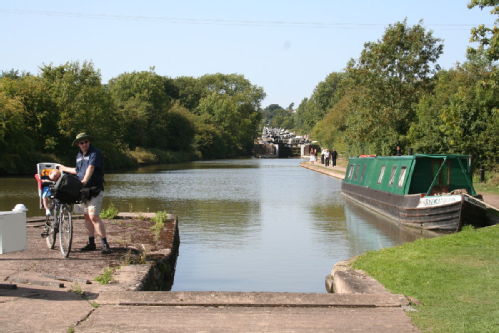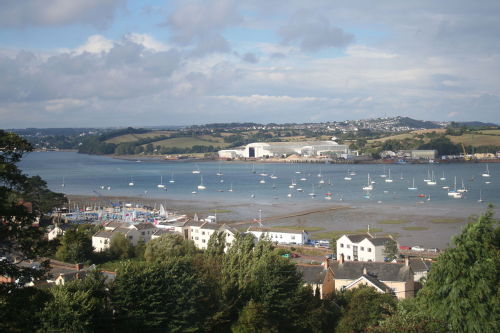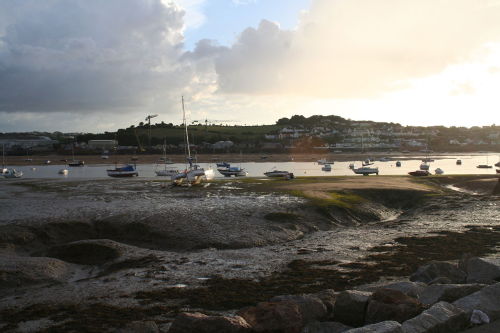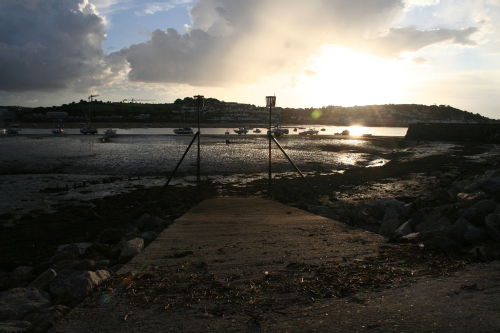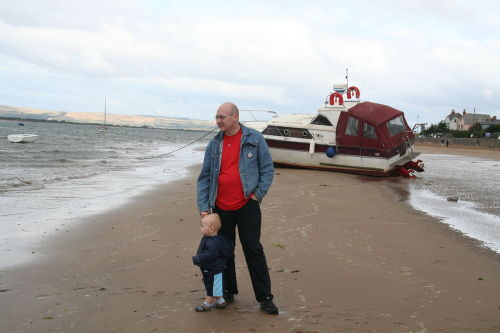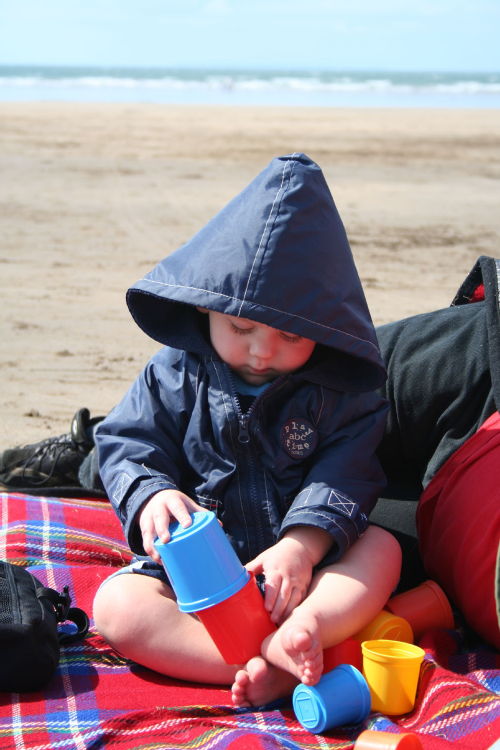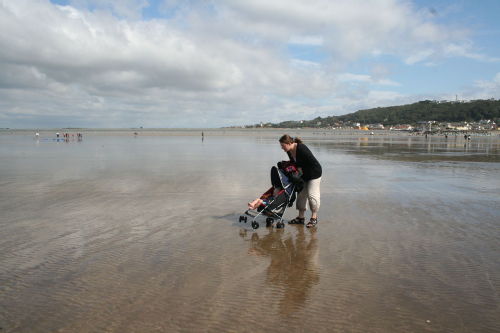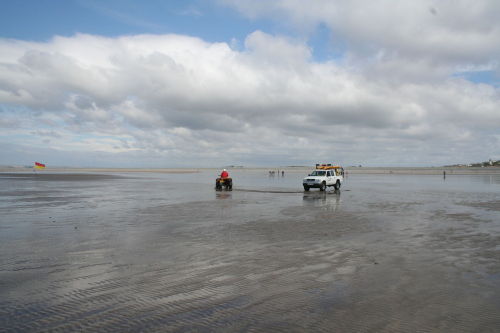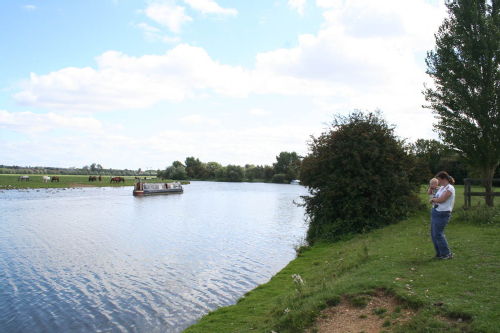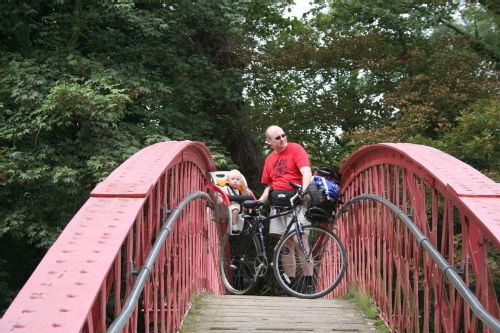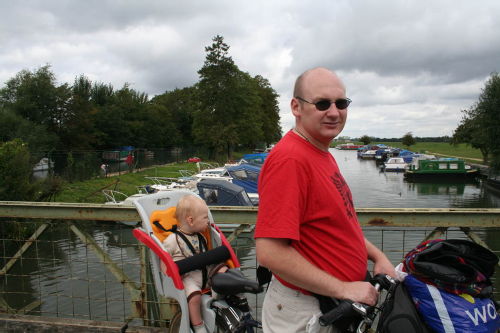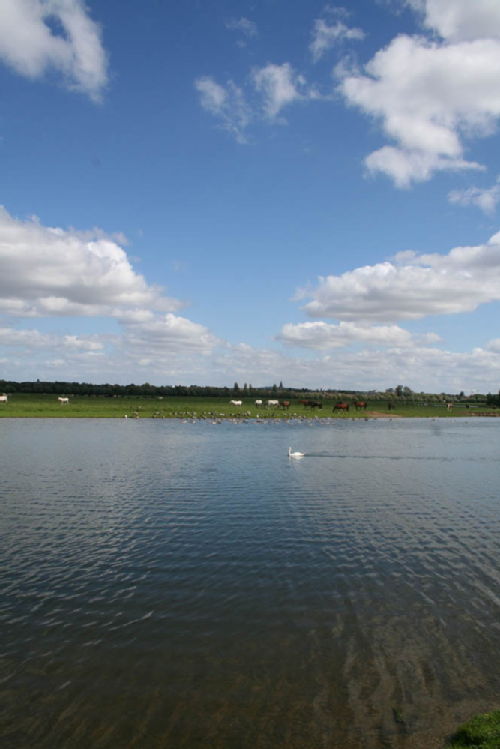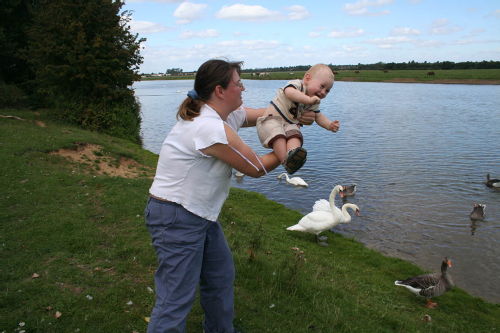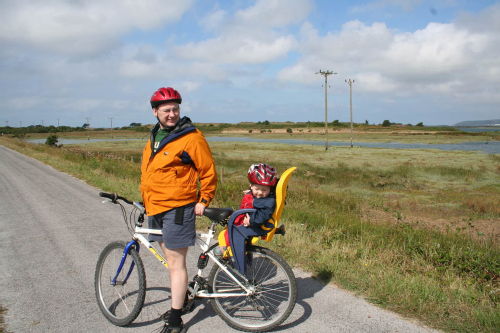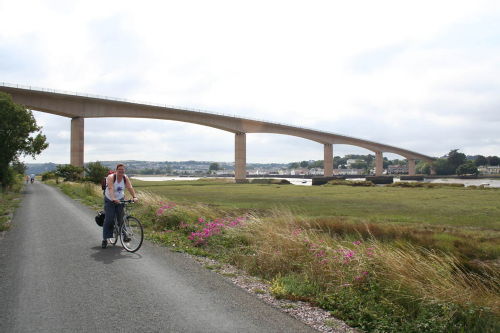Being assertive and visible on the road – roadcraft for motorcyclists and cyclists
Follow-up to Cross in 3 seconds or you're dead – cycling to Warwick University from Transversality - Robert O'Toole
Recently I mentioned my approach to travelling on the roads:
“I am certainly capable of dominating the road and controlling the drivers”
This is easily misunderstood. It isn’t aggresive at all, it’s about being assertive and visible, but polite.
I follow roadcraft, the police motorcycling system. I have done training in the system, and spend a couple of hours every month practising. It works well. I’ve spent most of my time on two motorised wheels. The system has kept me confidently safe for 100,000 miles (apart from the occasional unavoidable collision with motorway debris). The important point is that it isn’t about aggresion, it is very controlled and considered. It relies on constant information given to other road users, with lots of thank you waves. It is all about being assertive and visible in order to counter the mind–dulling driver psychology that is such a danger to other road users.
Here’s an example: consider the turn into Westwood (the second turn towards Coventry). Can you spot something really dangerous about that junction? The pedestrian refuge just before the junction is placed too close to the junction. This means that if you are turning into Westwood, and have to stop mid turn (due to a pedestrian or some other obstacle), the car behind you will have no where to go. As most motorists do not leave a sufficient gap, there’s a good chance you will get shunted. Most car drivers are surprised by the fact that a motorcycle goes around such a corner significantly slower than a car (for various reasons). So the problem is even worse for motorcyclists. Rear end shunts represent a growing percentage of all bike accidents.
And the answer: control the following cars before you get to the junction. Firstly, get your brake light on early. Then gently slow until the following car is closer, the following car will then be travelling at the same speed. You can then control the speed of the following car so that you can enter the turn at a safe speed without any chance of being shunted. I can give you hundreds of other examples. It’s how you take a potentially dangerous method of transport like motorcycling and make it safer than any other form of transport.
I think many of these principles transfer to cycling. Obviously a cycle has less presence on the road, but the system remains the same:
- Take information.
- Use information (that means think and plan, something that most motorists fail to do).
- Give information (make sure it has been seen and acknowledged – eye contact!).
- Position (getting the required space around you on the road, this is the assertive and confident bit).
- Speed (not so easy on a bike, unless you are Chris May).
- Gear (not so relevant on a bike).
- Accelerate and manouvre.
And say thank you if appropriate.
To get started, read the roadcraft manual There is also a version for car drivers. I wonder if there is an equivalent for cyclists?
And then get trained. You can get advanced motorcycle training from RoSPA, the IAM, and the local police (Bike Safe Training). They all use the police method.
 Robert O'Toole
Robert O'Toole

 Please wait - comments are loading
Please wait - comments are loading
